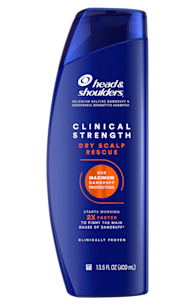NEURODERMATITIS – WHAT IS IT?

Neurodermatitis is a particularly unpleasant skin condition. Find out what it is and how to treat with our in-depth guide.
Neurodermatitis is a condition that tends to affect more women than men, and is more prevalent among those aged 30-50. It is characterised by a persistent itch that can cause a host of related problems.
Unfortunately, there’s very little that is known for sure about this skin condition.
What causes neurodermatitis?
The biggest question around neurodermatitis is its cause. And on that score scientists have no definite answers.
Despite a noted prevalence among certain parts of the population, and a link to stress and anxiety, there is no definitive answer to what causes neurodermatitis.
Here’s what we do know: neurodermatitis starts as a small patch of itchy skin. The itch can be very intense, and frequent, and it can become so uncomfortable that it disrupts sleep.
The repetitive scratching or rubbing of the itchy skin means that the affected area eventually becomes thick and leathery, and may become infected if the skin is broken. While neurodermatitis isn’t contagious, the original site may develop into several itchy spots on the body.
So how do you stop something when you don’t know what causes it?
Treating neurodermatitis
The current approach to neurodermatitis treatment is targeted towards symptoms.
Doctors try to reduce the effects of the condition by administering antihistamines, corticosteroids and other anti-inflammatories. The idea here is to reduce itching so that the skin can heal.
In cases where anxiety or stress are suspected as contributing to the condition, anti-anxiety medication is also used.
The key here is that neurodermatitis is best treated by a doctor. If you find yourself suffering from constant itching, your best bet is to visit your dermatologist.







